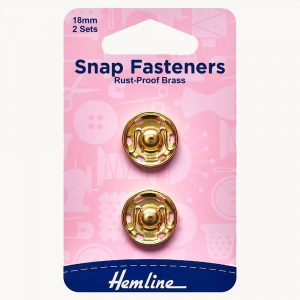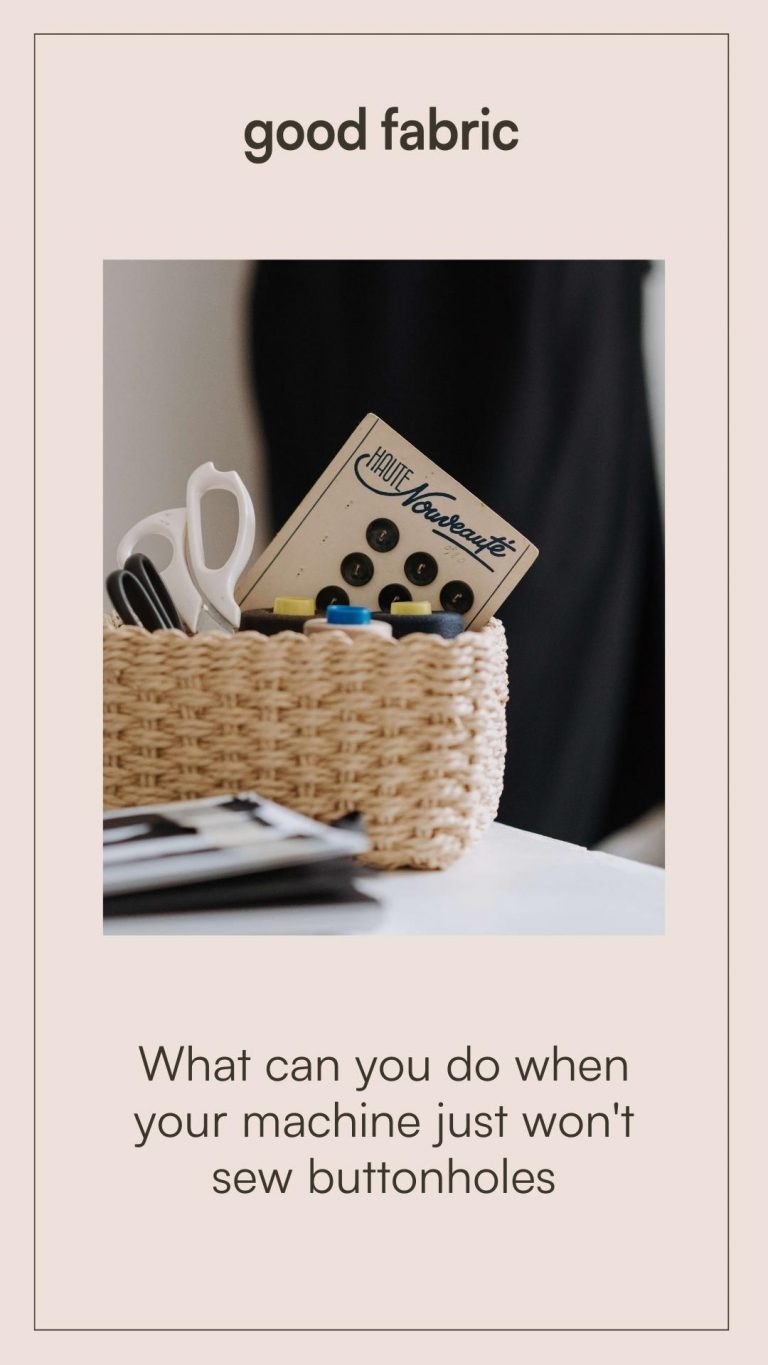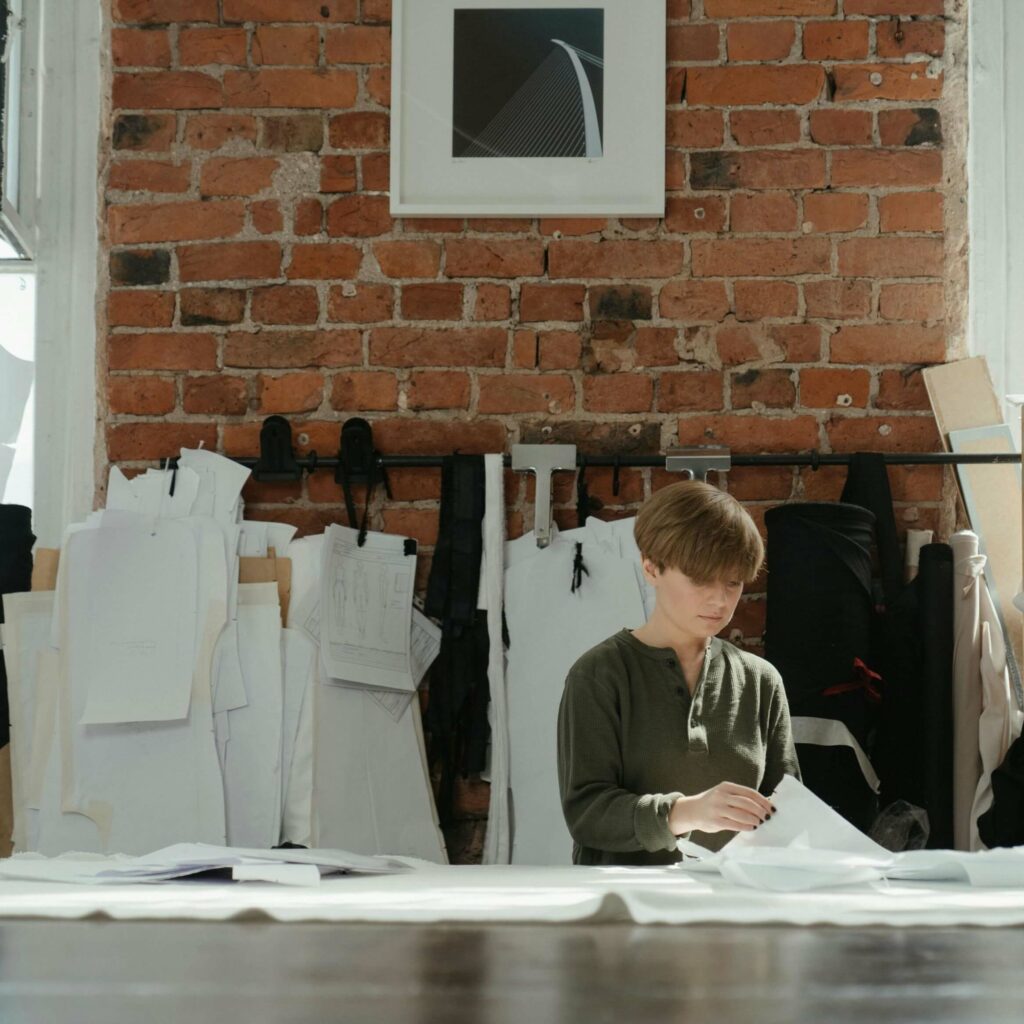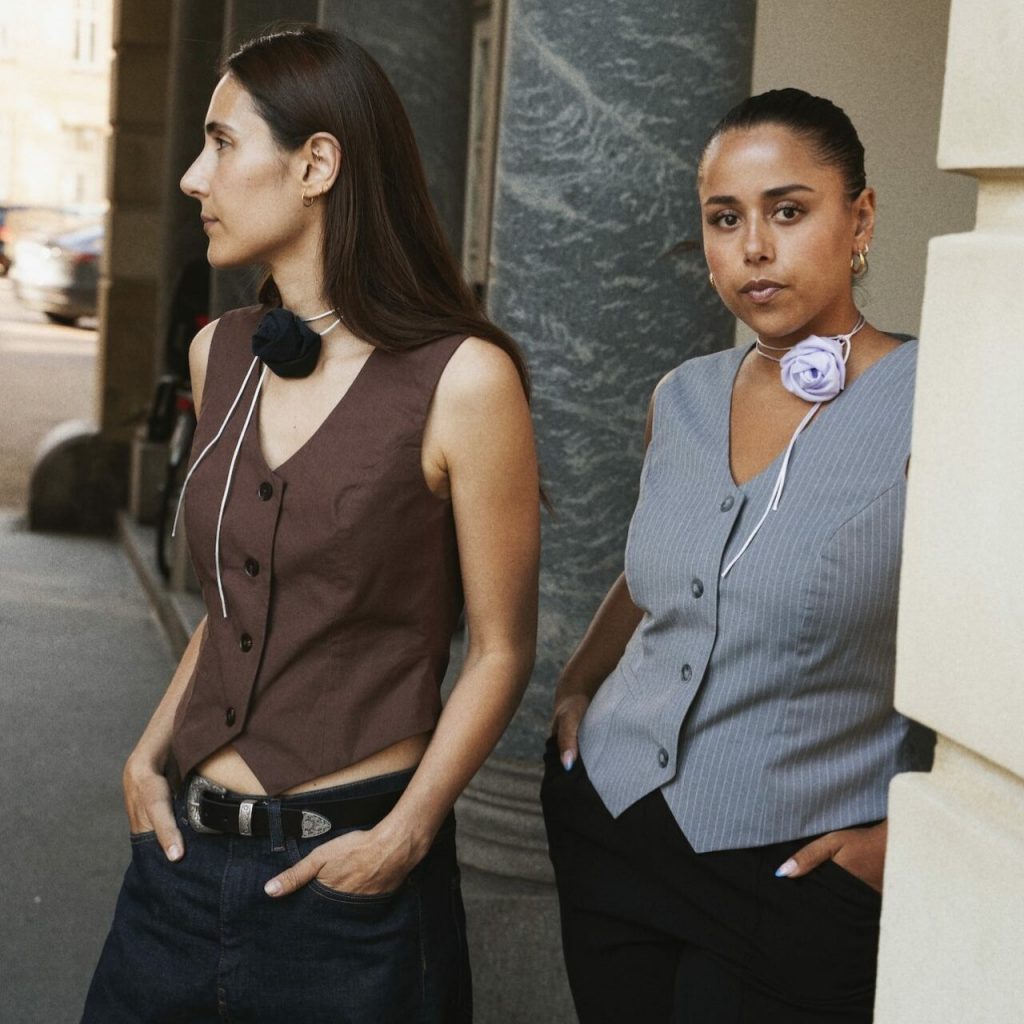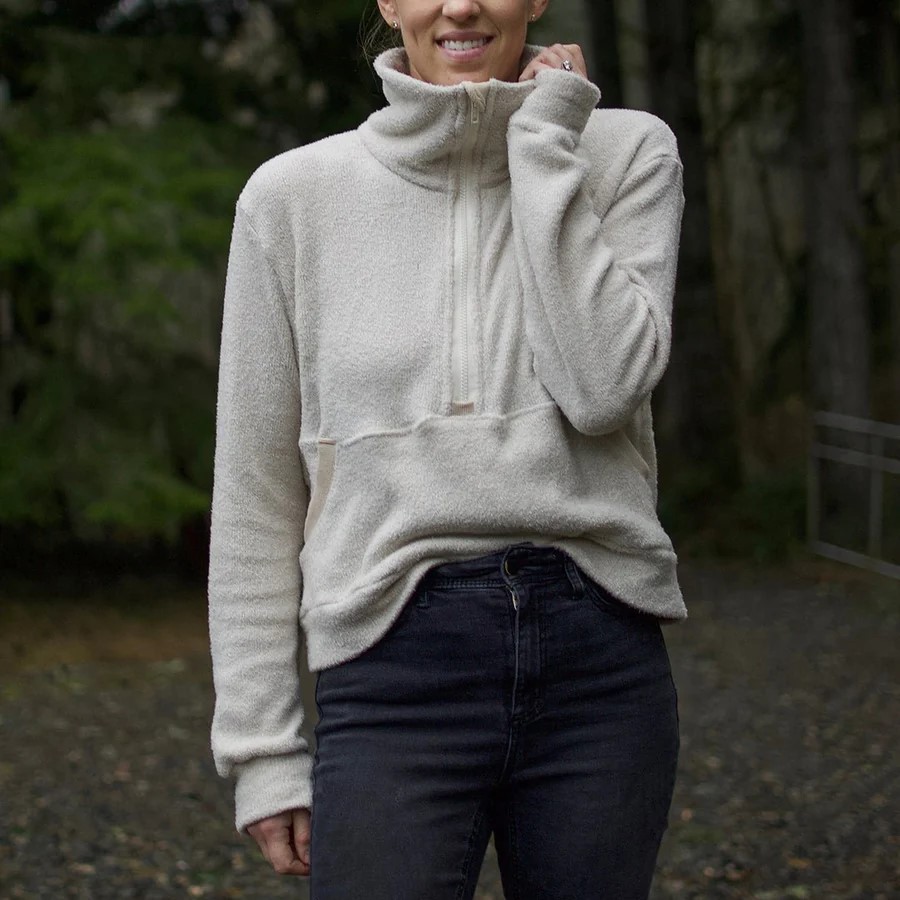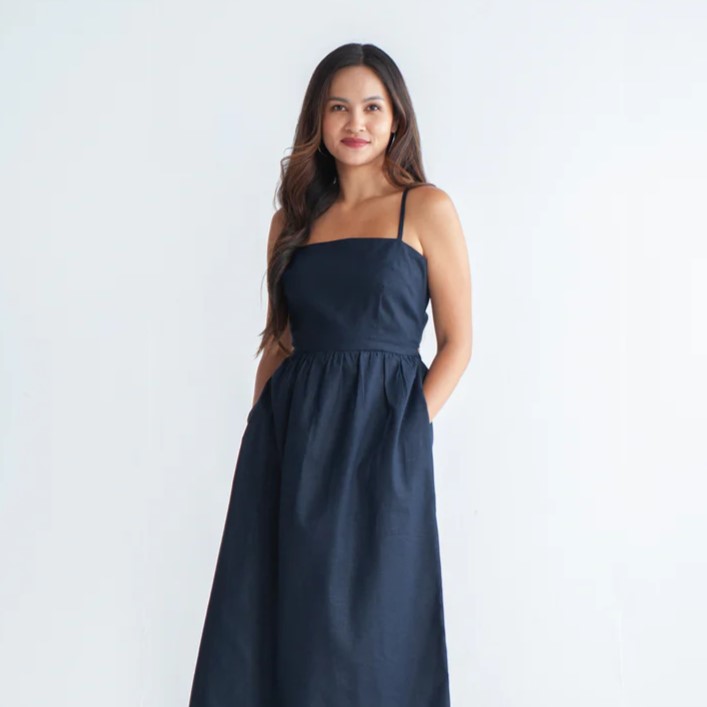Almost every sewing machine out there comes with a buttonhole foot attachment these days. This is meant to make it super simple to sew buttonholes, speeding up your garment-making and automating the process. But, if you’ve used your fair share of sewing machines, you’ll know that as good as this sounds, it isn’t always true.
Take, for example, the Janome 230DC. We love this handy little machine, but can it sew a buttonhole? Absolutely not! If you try, prepare to say goodbye to the fabric you’re working with.
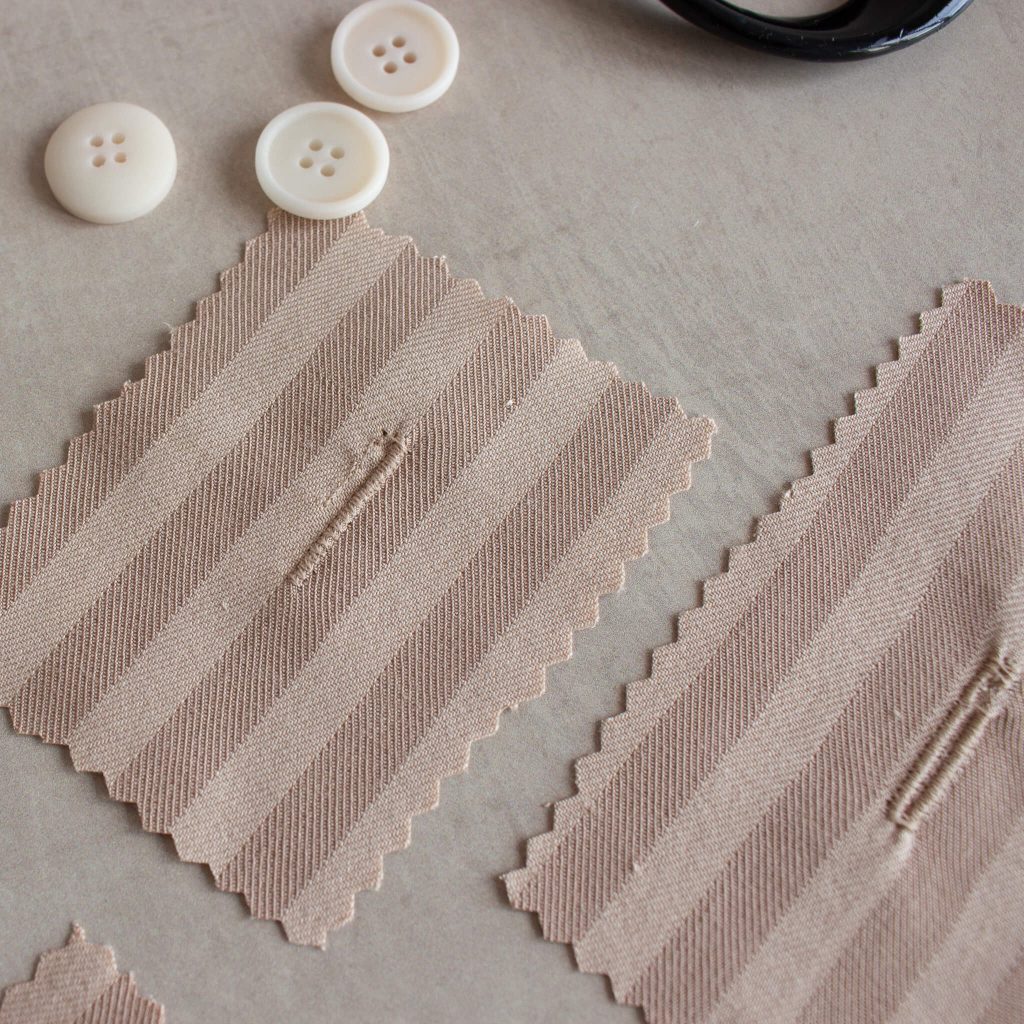
When you’re creating a garment with buttons, though, you really do need a simple method to create them. If you don’t have one, you’ll soon be tearing your hair out in frustration. Fortunately, we’ve done the leg work for you, getting in touch with sewing experts to uncover the best kept secrets in button-hole making when your machine just won’t do the job for you. Let’s get into it!
Add Interfacing to Your Fabric
Before ruling out your sewing machine completely, there are some sneaky tricks that can make it easier to use a buttonhole foot. First things first, you need to bring in the reinforcements. Add iron-on interfacing to your button plackets, bringing more strength to your sustainable fabric and making it a whole lot easier to work with. A standard medium-weight interfacing should work well, though feel free to experiment with different thicknesses.
Increase the Width of Your Stitch
We’re not sure about the science behind this tip, but it seems to work and that’s enough to keep us happy! Simply adjust the stitch width on your machine, increasing it little by little to find the sweet spot. We recommend testing out a few buttonholes on fabric scraps as you change the settings to avoid ruining good materials.
A Bit of Tape Goes a Long Way
We never say no to a good sewing trick, and this is one we can’t wait to try. According to the lovely sewist we spoke to, all you need is a bit of masking tape stuck onto your fabric in the spot you’d like your buttonhole. Make a mark in the area before sewing your buttonhole with your sewing machine. Once it’s finished, tear the tape away, and voila! Perfect buttonholes every time.
Sew a Manual Buttonhole
If you’re really struggling with your machine, you can ditch it altogether and sew a manual buttonhole instead. Start by marking out the buttonhole on your fabric, using a pencil or tailor’s chalk and a ruler for precise measurement. Then, pop your machine onto a zig-zag stitch, and sew your hole in the following order:
- Top bartack
- Right side
- Bottom bartack
- Left side
Use either a seam ripper or button-hole cutter to create the hole inside your zig-zag rectangle, and you’re done! This is a very simplified explanation to give you an idea of how to create a manual buttonhole, but you can find more in-depth instructions on Megan Nielsen’s blog.
Vintage Buttonhole Attachments
Sometimes, old school is just better. Vintage Singer buttonhole attachments are in super high demand these days because they work so much better than modern feet. You can find these on Etsy, eBay, and second-hand markets, but be warned that they do go fast, so snap one up when you find it.
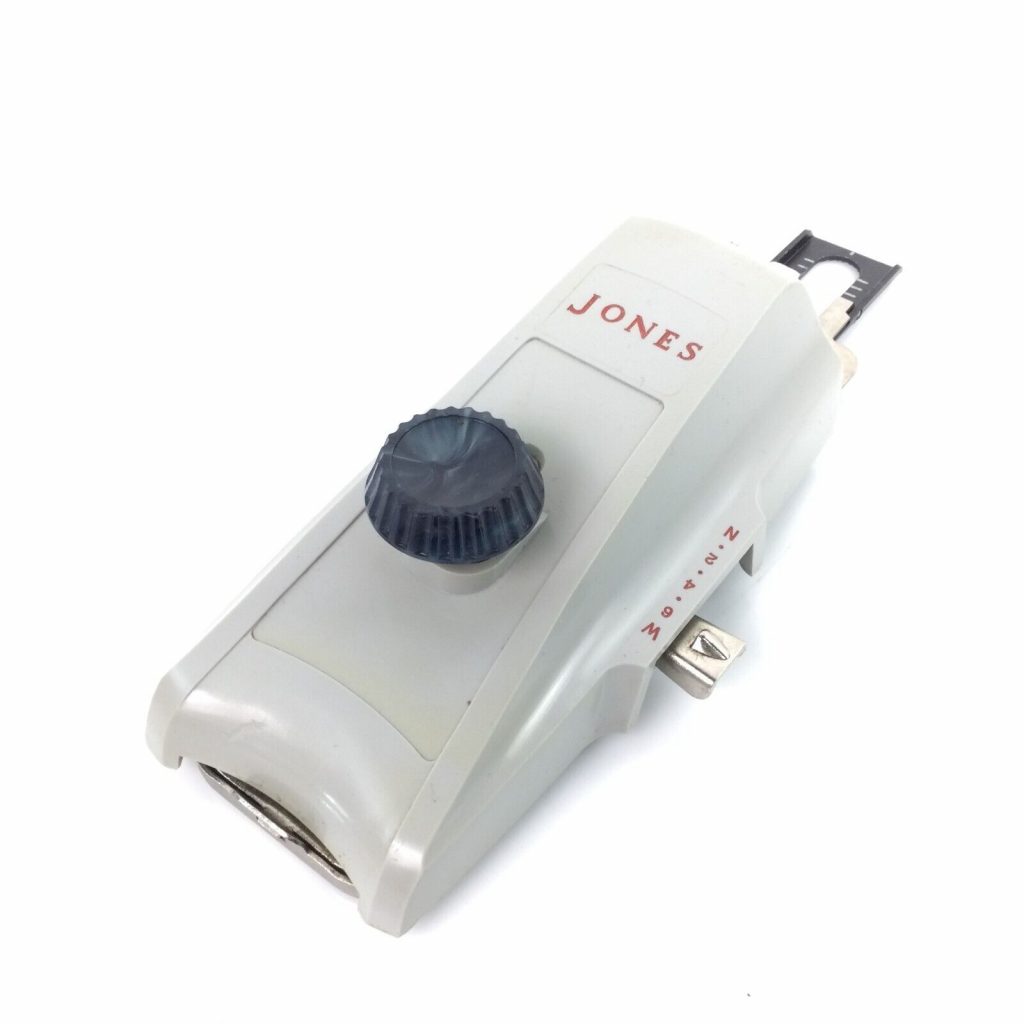
When using your foot, make sure the cloth clamp is always closest to you when you insert the fabric, and is furthest away from you when you begin sewing. The rest is simple, and your machine will automatically create your buttonhole stitching as long as you keep your foot on the pedal! Again, create the hole with a seam ripper or button-hole cutter, and your new buttonhole should be ready to go.
For visual learners, check out this great YouTube tutorial by Craftcore DIY & Sewing for plenty more information.
Oh Snap!
Sometimes, no matter how hard you try, buttonholes simply aren’t going to work. If you’ve had more than enough with buttonhole feet and zig-zag stitches, it could be time to look for a different type of fastening. Try out snaps, which might look intimidating but are actually pretty easy. To make fastening your snaps quicker, invest in a pair of Prym Snap Pliers which have all the necessary attachments and reduce the fiddly parts.
Try Sew on Snaps
If you’re completely done with tools and pliers, sew on snaps could be perfect for you. Get back to basics with a needle and thread or attach them using your machine for a quick, hassle-free fastening. Just be sure to sew your snaps onto your button placket before it’s secured, ensuring the snap is neatly hidden at the back.
Don’t Let Buttonholes Push Your Buttons
If you’re at your wits end dealing with buttonholes, you’re not alone. But, these tips and tricks here should do wonders, and the next time you’re faced with sitting in front of a buttonhole foot you should feel a whole lot calmer. Now all that’s left to do is take a peek at our eco-friendly buttons and start sewing your buttonholes!
So those are our top tips for what you can do when your machine just won’t sew buttonholes, we hope you found them helpful and if there’s any we missed or you want more info – pop us a DM on Instagram.
Also if you’re a fan of bitesize sewing help and alllll the sustainable fabric inspiration, make sure to follow @good_fabric_store too!


